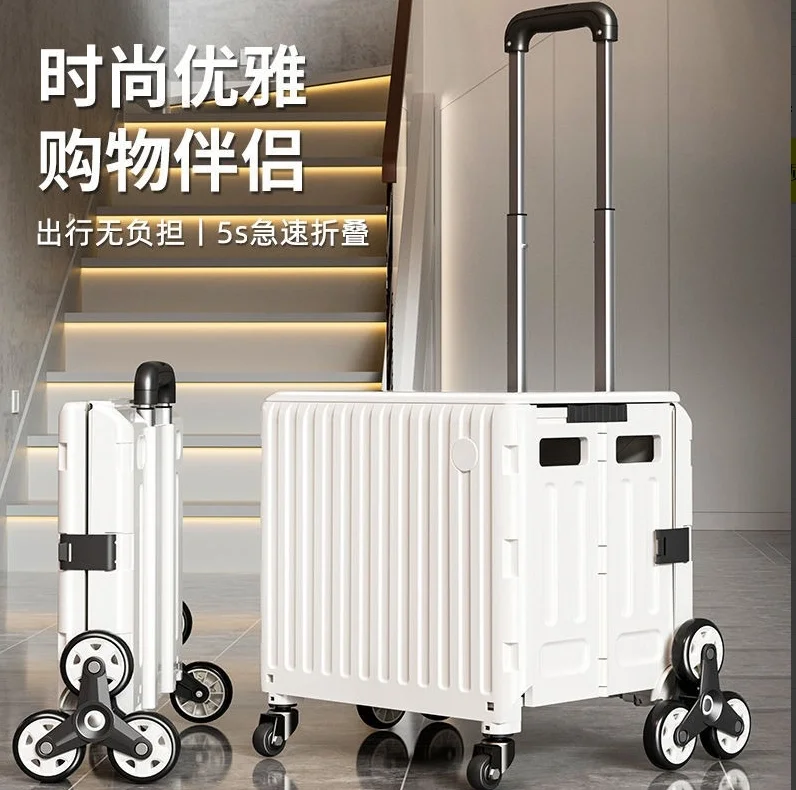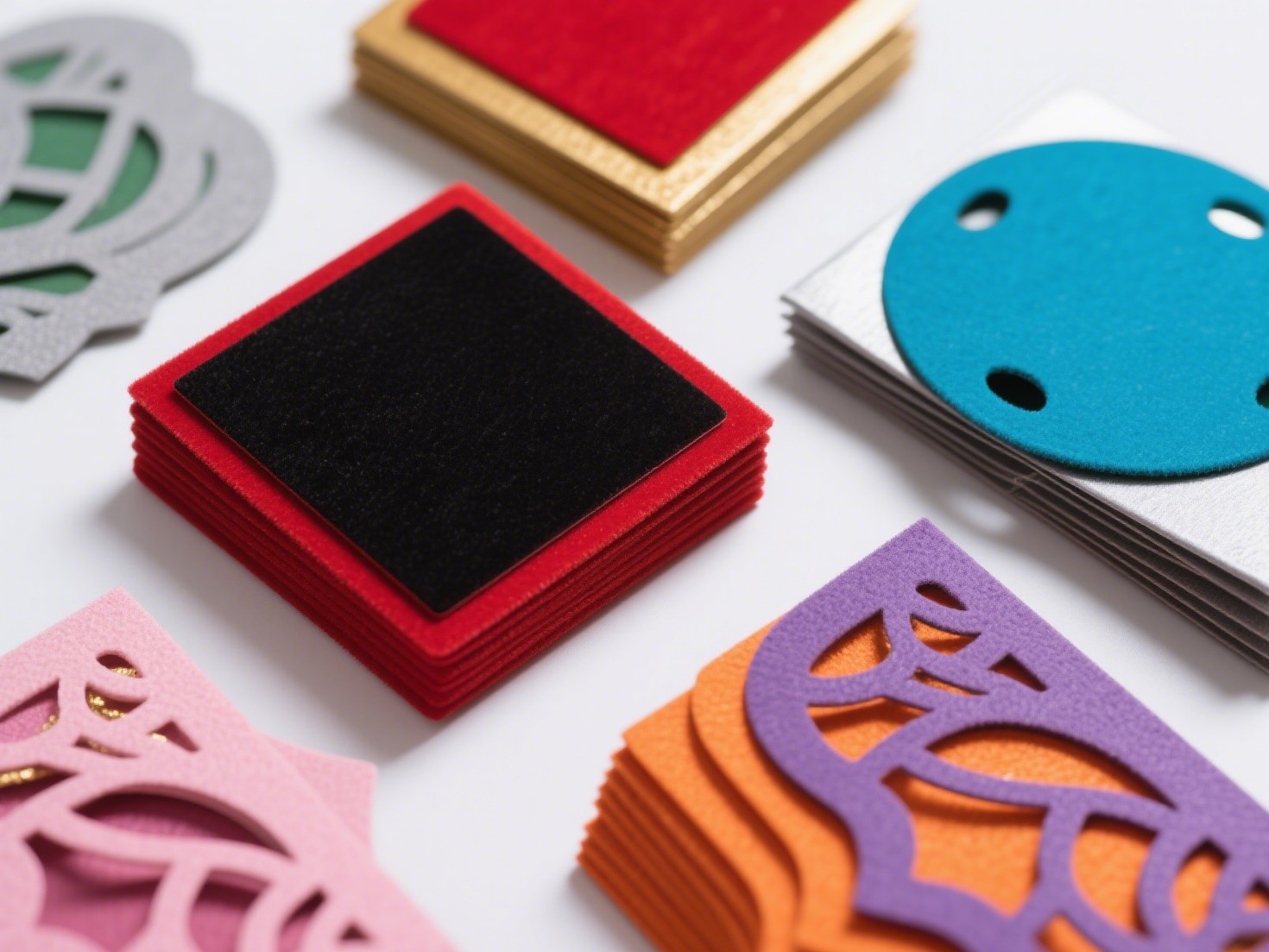When it comes to designing or renovating a building, one of the most critical decisions revolves around the choice of exterior cladding. The right cladding not only enhances the aesthetic appeal of a structure but also plays a vital role in its durability, energy efficiency, and overall performance. With a plethora of materials available in the market, understanding the advantages and disadvantages of each can be daunting. This article aims to provide a detailed analysis of the best materials for exterior cladding, considering factors such as sustainability, maintenance, insulation properties, and cost-effectiveness.
- Understanding Exterior Cladding
Exterior cladding serves as the first line of defense against environmental elements. It protects the building from moisture, wind, and temperature fluctuations while contributing to its visual identity. The choice of cladding material can significantly influence the building's energy efficiency, maintenance requirements, and lifespan.
- Popular Cladding Materials
2.1. Wood
Pros:
Wood is a classic choice for exterior cladding, offering natural beauty and warmth. It is highly versatile, allowing for various styles and finishes. Treated wood can provide excellent insulation and is relatively easy to work with.
Cons:
However, wood requires regular maintenance to prevent rot, warping, and insect damage. It is also susceptible to fire unless treated with fire-retardant chemicals.
Best Use:
Wood is ideal for residential homes in temperate climates where aesthetic appeal is a priority, and the owner is willing to invest in maintenance.
2.2. Vinyl
Pros:
Vinyl siding is a popular choice due to its affordability, low maintenance, and resistance to moisture and insects. It is available in a wide range of colors and styles, making it a versatile option for various architectural designs.
Cons:
On the downside, vinyl can fade over time and may not be as durable as other materials. It is also less environmentally friendly, as it is derived from petroleum products.
Best Use:
Vinyl is suitable for budget-conscious homeowners looking for a low-maintenance solution, particularly in regions with moderate climates.
2.3. Fiber Cement
Pros:
Fiber cement is a composite material made from cement, sand, and cellulose fibers. It offers the appearance of wood or masonry while providing superior durability, fire resistance, and minimal maintenance. It is also resistant to pests and rot.
Cons:
The primary drawback is its weight, which can complicate installation. Additionally, it may require painting or sealing to maintain its appearance.
Best Use:
Fiber cement is an excellent choice for homeowners seeking a long-lasting, low-maintenance option that can withstand harsh weather conditions.
2.4. Metal
Pros:
Metal cladding, including aluminum and steel, is known for its modern aesthetic and durability. It is resistant to fire, pests, and rot, making it an excellent choice for commercial buildings and contemporary homes.
Cons:
Metal can be prone to denting and may require insulation to prevent heat loss or gain. It can also be more expensive than other options.
Best Use:
Metal is ideal for modern architectural designs and commercial applications where durability and low maintenance are priorities.
2.5. Brick and Stone
Pros:
Brick and stone cladding provide timeless elegance and exceptional durability. They offer excellent thermal mass, which can help regulate indoor temperatures and reduce energy costs.
Cons:
The primary disadvantages are the high cost and labor-intensive installation process. They also require a solid foundation to support their weight.
Best Use:
Brick and stone are perfect for high-end residential and commercial projects where aesthetics and longevity are paramount.
- Sustainability Considerations
In today’s environmentally conscious world, the sustainability of cladding materials is a significant factor in decision-making. Materials like reclaimed wood, bamboo, and recycled metal are gaining popularity due to their lower environmental impact. Additionally, choosing materials with high insulation values can contribute to energy efficiency, reducing the building's carbon footprint.
- Conclusion: Making the Right Choice
Selecting the best material for exterior cladding involves a careful consideration of various factors, including aesthetics, durability, maintenance, cost, and sustainability. Each material has its unique advantages and disadvantages, making it essential to align your choice with the specific needs of your project.


